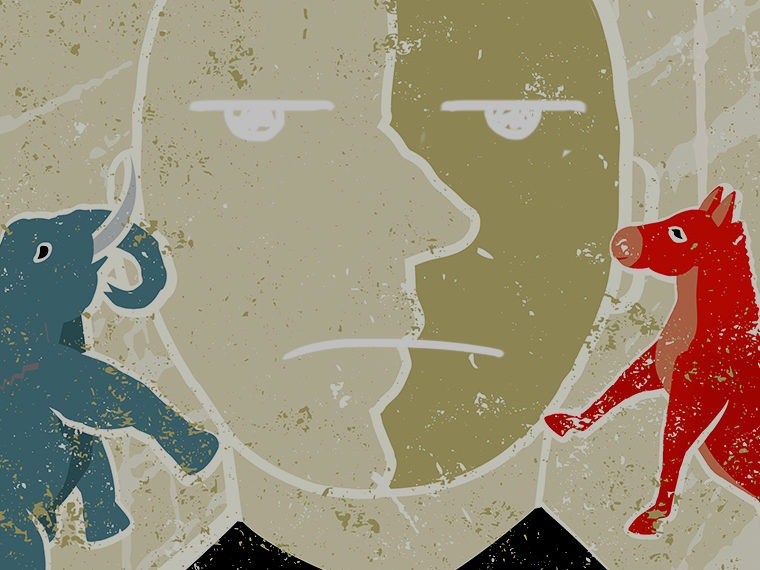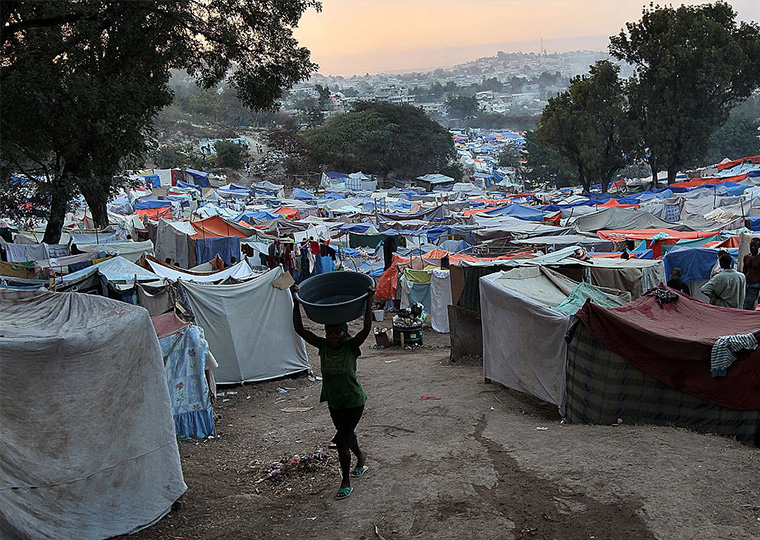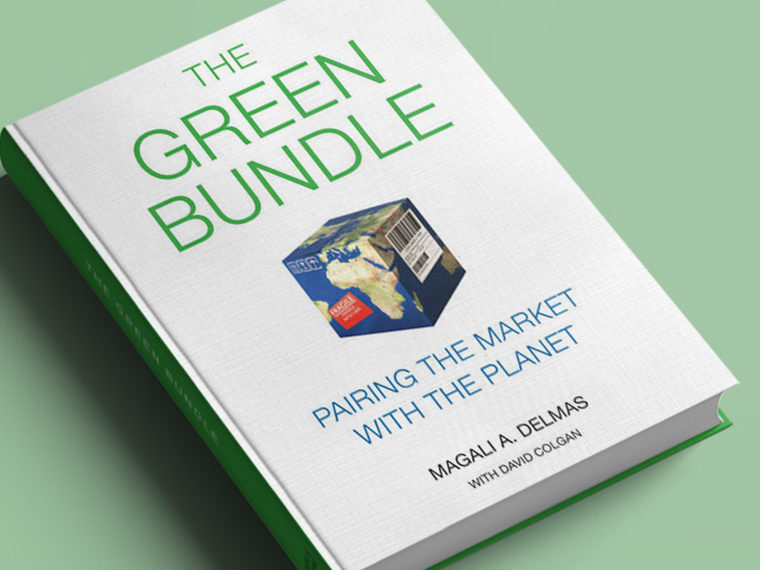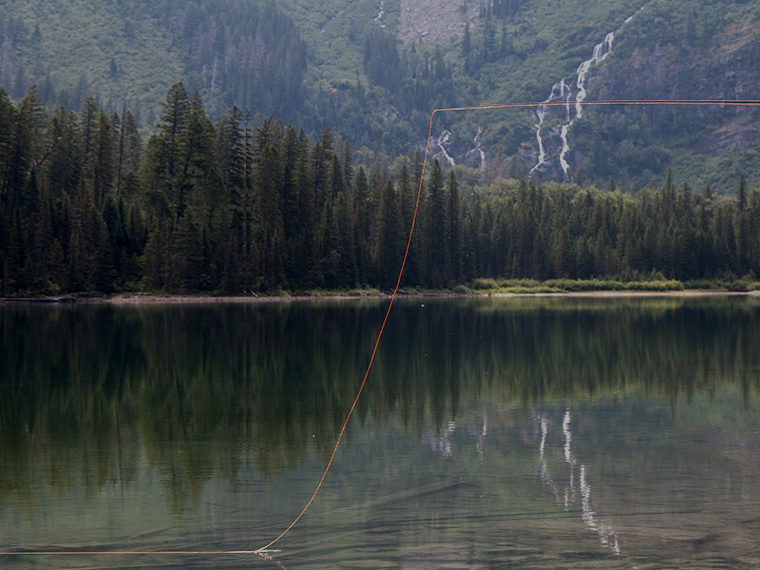1.8 million tons of PET plastic bottles end in landfills annually
There will be no plastic bottle shaming here. But for those times when you choose to buy water, soda or juice sold in a plastic bottle, a paper forthcoming in Scientific Reports finds that bypassing the smallest bottle and grabbing a midsize bottle — 16 ounces to 100 ounces — can play a role in reducing landfill waste.
The ubiquitous clear plastic bottle used for nonalcoholic beverages is made with polyethylene terephthalate, or PET. Of the more than 3 million tons of PET bottles and jars that ended up in municipal waste systems in 2018, less than 30% was recycled, according to the Environmental Protection Agency.
Given that the majority of trashed PET bottles end up in landfills, the University of South Carolina’s Rafael Becerril-Arreola and UCLA Anderson’s Randolph E. Bucklin set out to explore whether there might be an environmental upside to favoring one size over another.
Bottle Mechanics
Because there are no industry standards for the amount of PET material used to manufacture beverage bottles, Becerril-Arreola and Bucklin’s first step was to analyze 187 different PET beverage bottles to create a database of typical bottle weight.
While the size of the bottle is the biggest determinant of PET material used, what’s inside the bottle plays a significant role as well. Carbonation requires a thicker bottle to maintain the fizz, and juices need a heavier bottle to fend off oxidation.
Controlling for bottle size, Becerril-Arreola and Bucklin estimated that a bottle of carbonated beverage requires more than double the PET needed for a similar sized bottle of flat water, and a bottled juice requires 351% more plastic than flat water.
They then built a model that draws on actual PET bottle usage and waste trends in Minnesota from 2009 to 2013. Minnesota tracks the annual amount of PET bottles that makes it to public waste facilities, and the researchers overlaid that data with actual county-level bottled beverage sales data from the Nielsen Co., which they confirmed is in line with national bottled-beverage buying trends.
Shifting 20% of sales from small bottles (less than 16 ounces) to midsize would reduce PET bottle waste in the U.S. by 1% a year, they estimate. To be clear, they aren’t focused on reducing the purchase of bottled beverages. Their model holds ounces-sold constant; it reduces the amount sold in small bottles by 20% and moves those ounces into midsized bottles.
They also estimate that shifting the same 20% out of supersized big bottles (more than 100 ounces) and into midsized bottles could reduce landfill waste by about 0.5% a year.
In 2015, the last year of their data analysis, the estimated environmental upside gained by moving 20% of small and large bottle sales into the midsize range would have kept more than 14,000 tons of PET plastic bottles out of landfills. According to the EPA, nearly 1.7 million tons of PET bottle and jars ended up in landfills in 2015.
A total game-changer? Of course not. But it bears repeating that the model is based on a 20% shift from the less-efficient small and large bottles into the more efficient midsize range. A bigger shift would provide even more environmental upside.
Becerril-Arreola and Bucklin note that their findings are likely on the conservative side when applied to the global marketplace, as the use of plastic bottling is predicted to grow much faster in lower-income countries.
A nudge to the middle?
Their research makes the case that midsized bottles are the least-worst option in a world where plastic-bottle usage continues to abound. And manufacturers, retailers and public policy stakeholders motivated to address the environmental impact could pull their levers to encourage consumers to choose midsized bottles.
Becerril-Areola and Bucklin acknowledge that may not be an easy nudge for consumers to accept. For small-bottle users, the appeal is often tied to portion control goals or a preference to consume all of a fizzy-beverage bottle rather than store a partially used bottle. And the lower per-ounce cost of a supersized bottle is a budget consideration that may make it harder to shift to a more expensive midsized bottle.
But, they also note, industry surveys find about 60% of consumers support reporting environmental sustainability info on packaging and store shelves. Their research provides the underpinning for bottled beverage manufacturers and retailers to educate consumers that the middle ground is the environmental sweet spot when buying plastic-bottled drinks is unavoidable.
Featured Faculty
-
Randolph E. Bucklin
Peter W. Mullin Chair in Management; Professor of Marketing
About the Research
Becerril-Arreola, R., Bucklin, R.E., (in press). Beverage Bottle Capacity, Packaging Efficiency, and the Potential for Plastic Waste Reduction, Scientific Reports.





